Bush Scents
Australia is well known for its cricket, rugby, koala bears, surfing and Crocodile Dundee. Australia is not recognised by its present day imagery as it was in the past as a literal opal and gold mine, but also a treasure house of aromatic and other flora. The pioneer was Joseph Banks and the James Cook expedition on the Endeavour that opened up this new world.
Simply because Australia was new, from the beginning modern techniques have been applied to understanding the flora of Australasia. Much of the research that is quoted about the ever popular Tea Tree, a native of Australia (Melalucca Alternifolia) was undertaken some years ago. Many essential oils have come under the microscope, which has led to a standardisation programme and a failure to fully appreciate biodiversity and natural plant medicine. Again a classical example is the production of an international standard for Tea Tree, based upon Terpenin-4-OL type to which there are advantages and disadvantages.
Tea Tree was named as such by Captain Cook’s expedition simply because a tea was made from it. As Endeavour toured the world, similar common names were give. So, for example, there is a New Zealand Tea Tree. Hence the need to have the correct Latin names when purchasing essential oils. Tea Tree’s well known antimicrobial activity has been applied from acne treatment to treating the common cold. In aromatherapy terms, Tea Tree is Australasia’s Lavender – it does virtually everything!
There is in fact a so called Lavender Tea Tree which has a very pleasant smell indeed. Mostly this is now sold under the name Rosalina – the Latin is Melalucca Ericafolia. It has been used as a gentle expectorant and is favoured by some people for their work with children. This is an oil which should gain a wider popularity for anyone treating upper respiratory tract problems and it certainly blends well with some of the more pungent essential oils, imparting not only its classical properties but improving the smell of most things.
Recently Australia has been producing a Sandalwood which is, at least in the perfume industry, beginning to be accepted. It is not the white Sandalwood of India, but rather Santalum Spicatum and it comes from Western Australia. There has been a world shortage of Sandalwood and new sources, species and varieties are currently under consideration. The fragrance of the Australian Sandalwood compares well with S. Album and the Australian version contains more alpha bisavalol, which is a well known anti inflammatory, so there are distinct possibilities that this oil could be taken up by aromatherapists.
One of my favourite oils is Kunzea ambigua, or Tick Bush. There are quite a lot of reports about temporary pain relief in a variety of circumstances – everything from muscular aches and pains, flu symptoms to arthritis and rheumatism. Aromatherapists have been incorporating Kunzea into “arthritic” blends associating it with herbal oils of Meadowsweet or Devil’s Claw and similar. The oil has a pleasant odour and I predict that in the specialised world of clinical aromatherapy that Kunzea will become more of a favourite than Tea Tree, whose cure all aspects have been rather overdone.
Of course Australia is perhaps best known for being the home of the Eucalyptus family. These days Eucalyptus comes from Spain and Portugal and has been commonly planted world wide as a shade tree. The lemon scented Eucalyptus citriodora is rich in aldehydes and makes a refreshing and pleasant change when used in therapy. For those hooked on insect repellents, this Eucalyptus can be used instead if Citronella and has a more spiky aroma rather than the flat common Citronella. It is quite a good mood enhancer and can improve the aroma of lemon scented blends as well as contributing its antiseptic, antifungal and analgesic reputed properties. Our lists contain quite a number of Eucalyptus, from the common Blue Gum Eucalyptus Globulus, or E. globulus, with its lovely woody smell to Peppermint Gum,
E.dives, but one of my current favourites is Woolybutt, the Macarthuri, which I love for the fragrance alone. It can have up to half of its content as geranyl acetate and I find it extremely calming when the world gets too much. There has been some revival of interest recently for anti flu, anti viral infectious problems with Blackbutt Gum, E. pilularis. The chemical constituency of this gum is quite different from say globulus, with high cineole contents.
This brief review gives an insight into the huge diversity of essential oils that are available from around the world. It should also give us pause for thought before we decide that the material medica of aromatherapy should be written in tablets of stone. Many plants have similar properties and folk that subscribe to an eastern philosophical view of medicine would readily associate most Eucalyptus with upper respiratory infections purely from the shape of the tree and so on. Whether you accept such traditional views or whether you concentrate on chemical componency essential oils from Australasia provide a wealth of enjoyment and experimentation if nothing else. The promotion of Tea Tree itself has done a lot to bring essential oils to the attention of the public. Serious therapists can certainly investigate the use of Kunzea whilst avoiding the rush to find yet another miracle substance. Bush scents will increasingly be seen in therapy and used in perfumery and they represent a unique store house of healing potential.
A good book on the subject has been written by Mark Webb, a friend of ours, called Bush Sense and is available from a number of essential oil companies and book sellers.

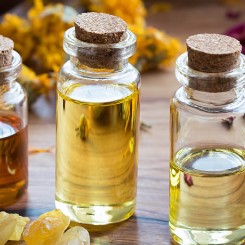 Essential Oils
Essential Oils
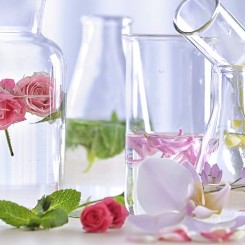 Hydrolats, Hydrosols, Floral Waters
Hydrolats, Hydrosols, Floral Waters
 Synergies
Synergies
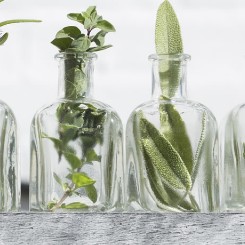 Herbal Oils
Herbal Oils
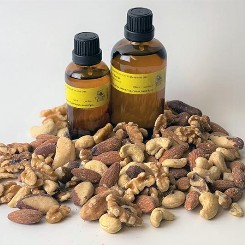 Vegetable Oils
Vegetable Oils
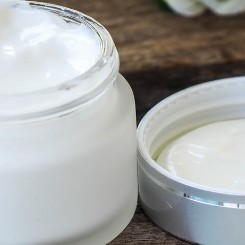 Bases
Bases
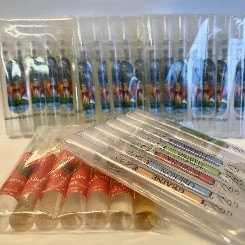 Books, Kits and Trial Packs
Books, Kits and Trial Packs
 Skincare
Skincare
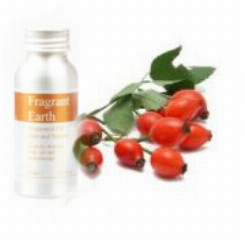 Body Care Oils
Body Care Oils
 Hair Care
Hair Care
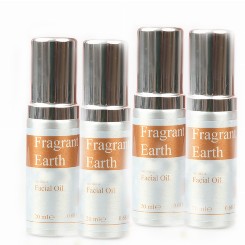 Facial Oils
Facial Oils
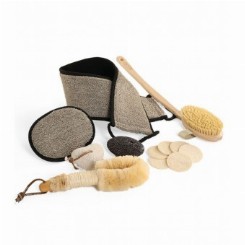 Eco Bath
Eco Bath
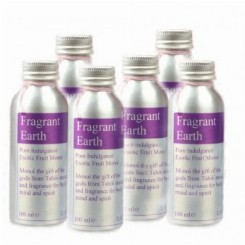 Pure Indulgence
Pure Indulgence
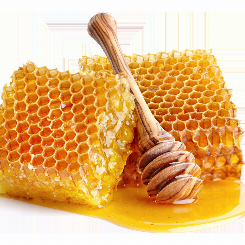 Honey, Beeswax & Propolis
Honey, Beeswax & Propolis
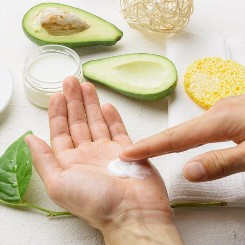 Handcream
Handcream
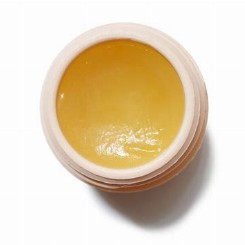 Balms, Salves & Ointments
Balms, Salves & Ointments
 Oral Care
Oral Care
 Feminine Hygiene
Feminine Hygiene
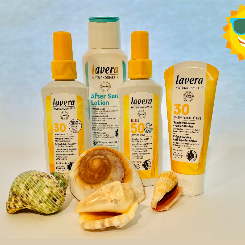 Sun Care
Sun Care
 The Walton Cat
The Walton Cat
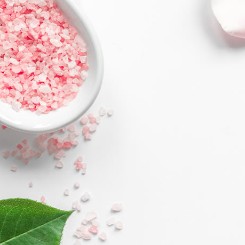 Bath Salts
Bath Salts
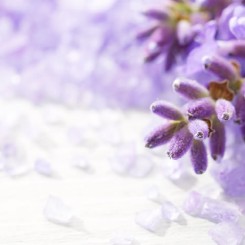 Somerset Lavender
Somerset Lavender
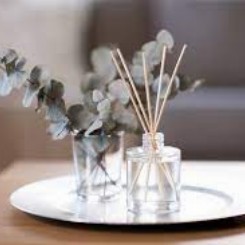 Diffusers
Diffusers
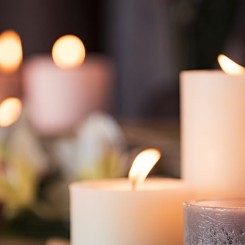 Candles
Candles
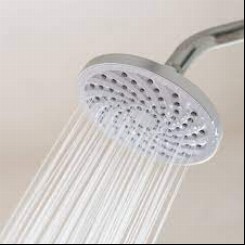 Shower Gel
Shower Gel
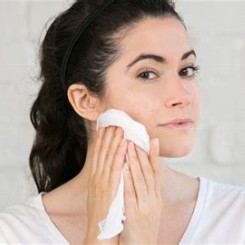 Soap
Soap
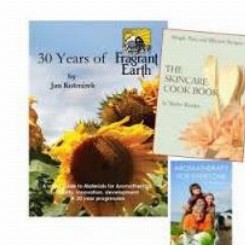 Books
Books
-245x-245x.jpg) Aromatic Waters
Aromatic Waters
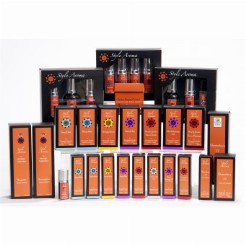 Style Aroma
Style Aroma
 Synergy Blends
Synergy Blends
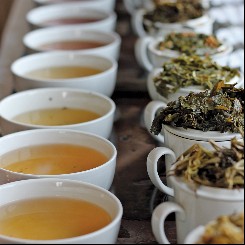 Miles Speciality Teas & Coffees
Miles Speciality Teas & Coffees
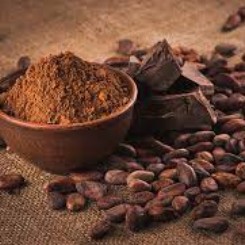 Chocolate one of life's passions
Chocolate one of life's passions